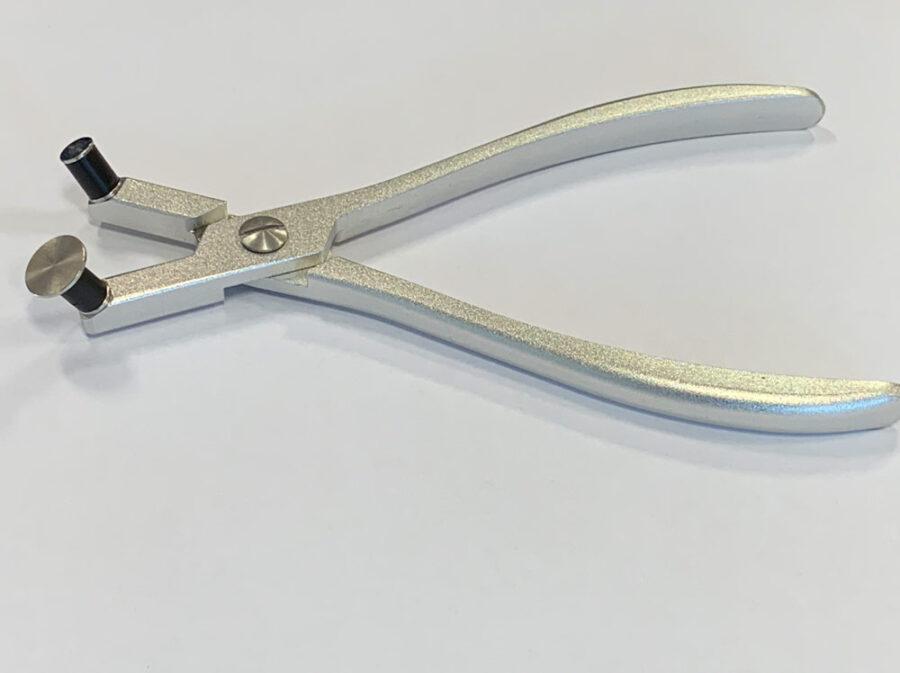A novel automatic tube stripper maintains adequate red blood cell quality during creation of tube segments
By Nicklas Lundman & Thomas Bertheau, Conroy Medical AB, Upplands Väsby, Sweden

Background
Making tube segments is a common non-destructive technique to sample blood bags. It is for instance often used to cross-match red blood cell (RBC) concentrates with patients.
The segment should represent the overall content of the bag. To ensure this, tube stripping is a crucial part. It is, however, important that the stripping procedure does not inflict damage on the tube or unacceptable haemolysis levels in the remaining RBC component.
The quality of manual tube stripping is user-dependent, and can also be a strain on the user, since it requires considerable hand strength and a well-developed technique.
Non-ergonomic, repetitive work can cause operator injuries and become a cost for the employer. An automatic device could provide better ergonomics and standardization of the process.


Aims
The aim of the study is to investigate if the novel automatic tube stripper Qstrip (Conroy Medical AB, Upplands Vaesby, Sweden) preserves adequate quality of the RBC component and segment tube, and thereby can be an alternative to manual stripping methods.
Methods
A 150 ml sampling bag of PVC-DEHP plastics (R6R2001 Fresenius Kabi, Bad Homburg, Germany) was sterile connected to an RBC concentrate (SAG-M as additive solution) on day 1 after donation. 5 mL concentrate was transferred into the sampling bag, then the bag was sealed off, keeping 40 cm tubing. The procedure was repeated until 20 sampling bags had been identically filled.
The tubes of the sampling bags were stripped, 10 tubes with Qstrip and 10 tubes manually with Tube Stripper (R4R4452 Fenwal Inc. Lake Zurich, USA). The RBC component was mixed 6 times after every stripping procedure.
Samples were analyzed after 10, 20 and 30 stripping procedures of each method. Total haemoglobin, haematocrit and extracellular haemoglobin were measured and haemolysis values were calculated before and after stripping procedures.


Results
The haemolysis results after stripping with the automatic method were 0.15–0.26% after 10 procedures, 0.23-0.35% after 20 procedures and 0.29–0.43% after 30 procedures. Corresponding results of the manual method were 0.15–0.24% after 10 procedures, 0.21–0.24% after 20 procedures and 0.25–0.34% after 30 procedures.
Mean haemolysis did not differ significantly (P>0.05) between the automatic and manual method at any of the measuring points.
There was no tube leakage during any of the stripping procedures with Qstrip. Even after 30 consecutive strips, all tubes remained intact.
Summary
Our results demonstrate that the automated stripping device Qstrip does not cause more haemolysis than a manual method. Even though stripping does inflict minor haemolysis, regardless of using an automatic or manual device, the levels remain well below the guidelines (maximum 0.8% – EU, and 1.0% – US), thereby ensuring the safety of the RBC component. An automatic stripper may provide ergonomic- and safety benefits for the operators.
It also allows greater sample standardization compared to a manual device. However, performance may differ between brands, so the results of this study should not be extrapolated to other automated stripping devices.
Conclusion
We conclude that using the novel automatic tube stripper Qstrip is a safe way to prepare tube segments containing red blood cell samples.
Adequate quality of the RBC component is maintained with haemolysis levels well below the guidelines. Additional ergonomic and safety benefits could be further studied.

